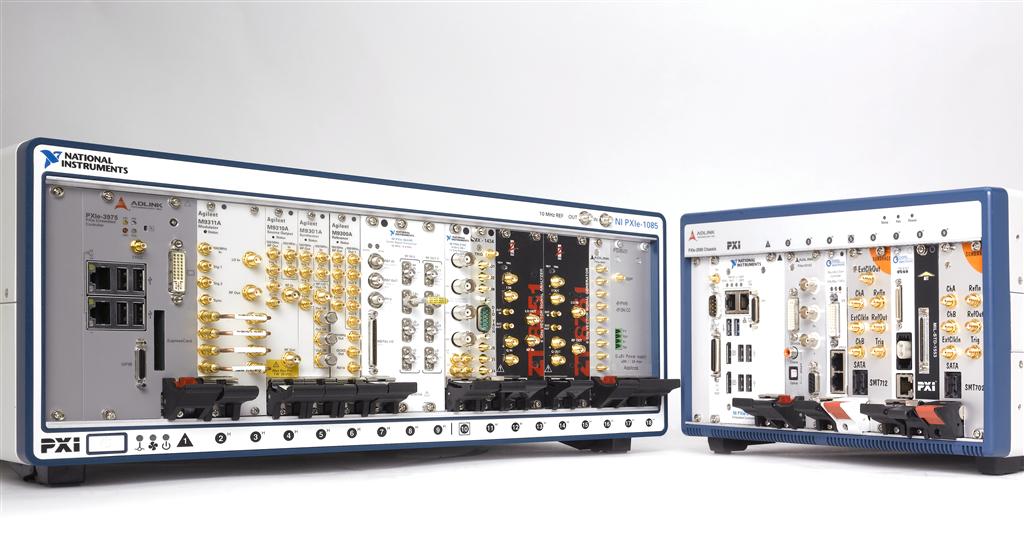Description
The National Instruments USRP-2940 is a versatile USRP Software-Defined Radio Device designed for advanced research in wireless communications, featuring compatibility with NI-USRP instrument drivers and LabVIEW software on Windows operating systems. With part numbers 783146-01 and 783923-01, this device is part of the renowned USRP Series and is built on the RIO architecture, ensuring a robust and high-performance platform for developing sophisticated applications such as MIMO, LTE relaying, and cognitive radio.
The USRP-2940 supports a wide RF frequency range from 50 MHz to 2.2 GHz and offers a 40 MHz RF bandwidth, making it suitable for a variety of radio frequency applications. Its dual input and output channels provide flexibility for multiple antenna configurations, while the Kintex-7 410T FPGA allows for custom processing and algorithm implementation.
Equipped with both MXIe and Ethernet buses for connectivity, this device ensures high-speed data transfer and remote control capabilities. The USRP-2940 also offers precise gain control with 1.0 dB steps for transmitting and 0.5 dB steps for receiving, which is critical for fine-tuning signal strength and optimizing system performance. Overall, it’s an integral tool for researchers and engineers working on cutting-edge wireless technologies.
| Specification | Detail |
|---|---|
| Product Name | National Instruments USRP-2940 USRP Software-Defined Radio Device |
| Manufacturer | National Instruments |
| Part Numbers | 783146-01, 783923-01 |
| Series | USRP Series |
| Driver Compatibility | NI-USRP instrument driver |
| Software Compatibility | LabVIEW (for Windows OS) |
| Bus Types | MXIe bus, Ethernet bus |
| Input Channels | 2 |
| Output Channels | 2 |
| Architecture | RIO |
| Transmitting Gain Step | 1.0 dB |
| Receiving Gain Step | 0.5 dB |
| Applications | MIMO, LTE relaying, heterogeneous networks synchronization, RF sampling, antenna beamforming, direction finding, cognitive radio |
| FPGA | Kintex-7 410T |
| RF Bandwidth | 40 MHz |
| RF Frequency Range | 50 MHz to 2. |



